The diligent efforts of responsible breeders have contributed to a long, delightful and thriving life for the majority of Poodles. These breeders consistently undergo testing procedures on all their breeding stock. Nevertheless, it is important to note that certain health problems, such as hip dysplasia and various eye disorders can still affect Poodles, as is the case with any other dog breed. Additionally, one may occasionally come across idiopathic epilepsy, sebaceous adenitis, von Willebrands disease and immune-mediated disorders in Poodles. Compared to Standard Poodles, Toy and Miniature Poodles are more prone to experiencing two orthopedic issues called Legg-Calve-Perthes and luxating patellas. Conversely, Standard Poodles face a higher risk of developing gastric dilatation with volvulus (bloat) and sebaceous adenitis. Recommended Health Tests from the National Breed Club:
|
Poodle (Miniature)
ATTRIBUTES: Active, Proud, Very smart
GROUP: Non-Sporting Group
ACIVITY LEVEL: Energetic
BARKING LEVEL: Likes To Be Vocal
COAT TYPE: Curly
COAT LENGTH: Long
SHADDING: Infrequent
SIZE: Medium
TRAINABILITY: Eager To Please
CHARACTERISTIC: Smartest Breeds of Dog, Hypoallergenic Dogs, Medium Dog Breeds
Breed Overview

Ancestry
Water dog, Barbet

Origin
Germany

Registration
1887

Size
Over 15 Inches (Standard)

Weight
60 - 70 Pounds (Male Standard)
40 - 50 Pounds (Female Standard)

Expected Life
10 - 18 Years


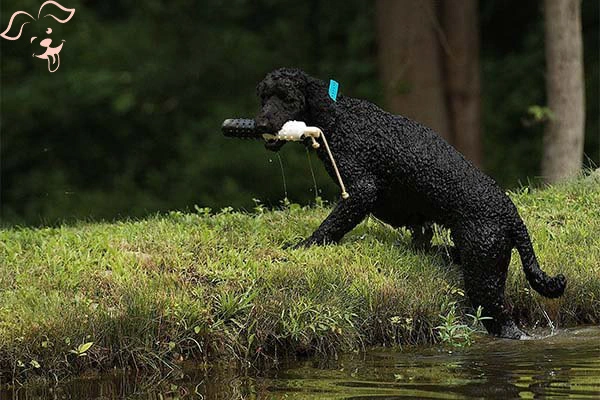

















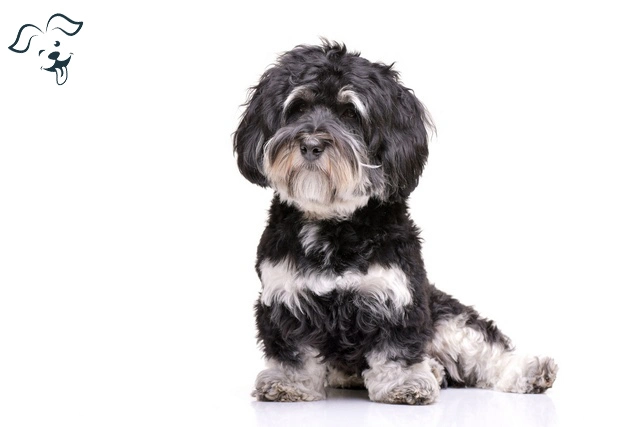
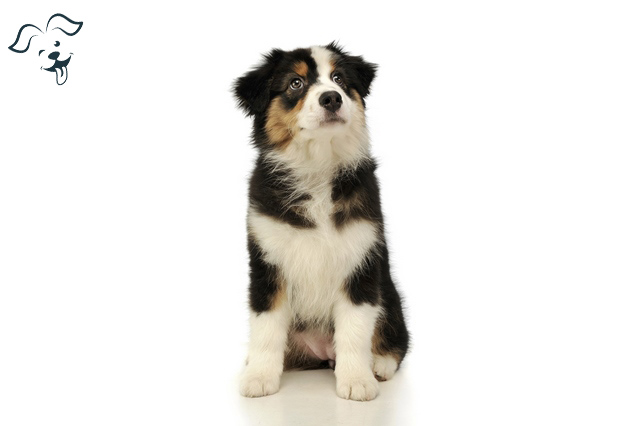
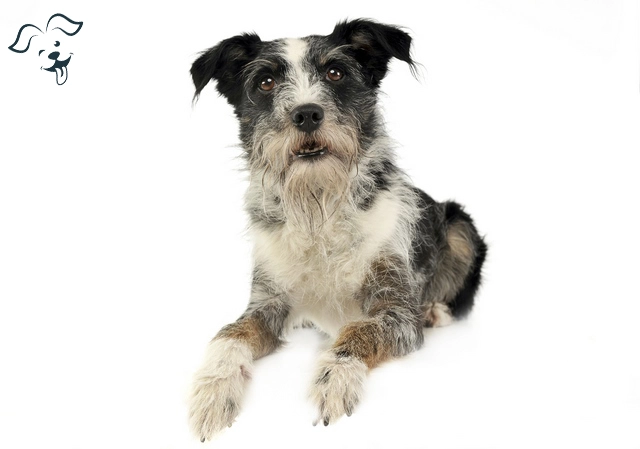
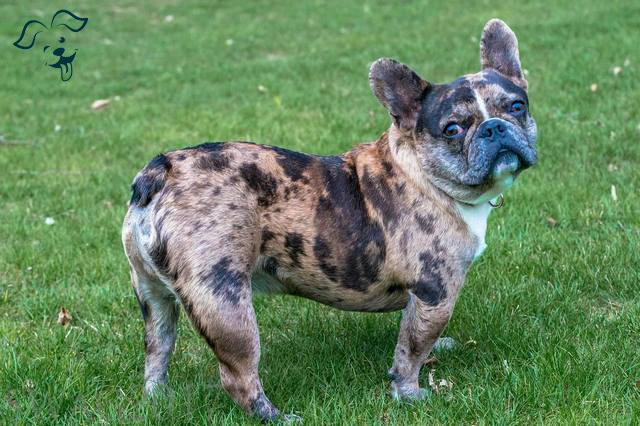
FRIENDLINESS
LIVELINESS
VIGILANCE INTENSITY
ADAPTATION CAPACITY